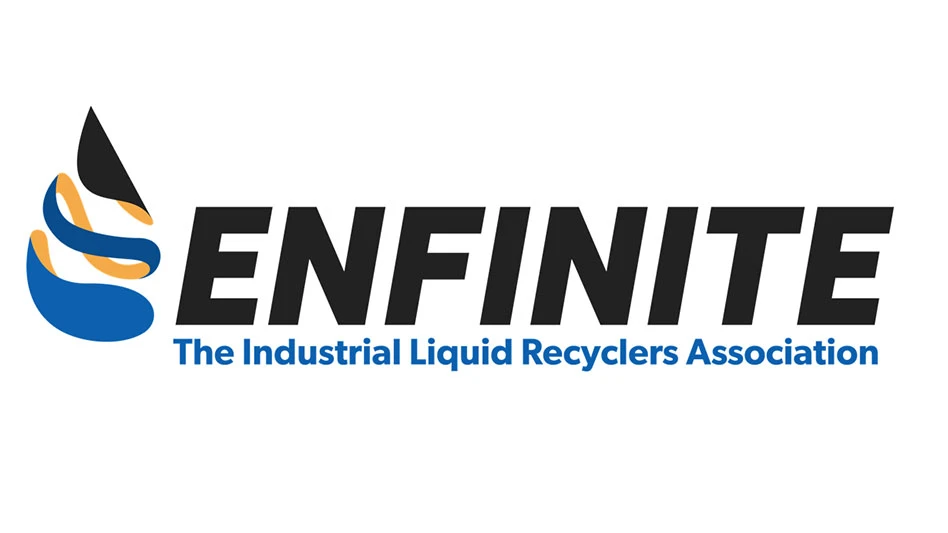
Index is based on December 1980 average prices as 100; Source: U.S. Bureau of Labor Statistics
Panelists at the Institute of Scrap Recycling Industries Inc. (ISRI) 2011 Commodities Roundtable Forum addressed the value of plastics and the state of plastics recycling in a session held Sept. 20.
"Plastic scrap is a very high value item, and a lot of people don't realize that," said Patricia Moore of Moore Recycling Associates, Sonoma, Calif.
While prices for plastics scrap generally correlate with the price of oil and its derivatives, Moore said they are not closely related, adding that when oil prices spike there is not necessarily a corresponding price increase across all resins. Other factors that affect plastic scrap pricing include general economic conditions, the availability of industrial scrap and wide-spec material, recycled resin production capacity relative to demand and the availability of substitute materials, she said. Supply and demand have the biggest influence on recycled plastic prices, Moore added, not oil prices.
The price of PET (polyethylene terephthalate) scrap has been increasing, Moore said, to the point that it can be higher than that of virgin material. "That is not a good position," she added. The growing value of recycled PET (r-PET) has to do in part with the slowly growing supply in the face of quickly growing domestic demand, Moore said.
The domestic supply of HDPE (high-density polyethylene) has remained static, she said, adding that demand for the material is very price sensitive.
Demand is strong for clean non-bottle rigid plastics; however, because the industry lacks common terminology for mixed rigid bales, this material is more difficult to market, Moore said. This lack of clarity has led to flat pricing for mixed bales.
According to Craig Cookson, director of sustainability and recycling for the American Chemistry Council, Washington, D.C., who also spoke during the session, approximately 480 million pounds of non-bottle rigid containers were collected in 2009, which represented a 47 percent increase from 2007.
Cookson said roughly 95 percent of U.S. households have access to recycling services, with the number of communities recycling PET and HDPE plastics doubling since 2008.
In the area of plastic bags and film, in-store collection was critical to the 30 percent increase in recycling seen since 2005, Cookson said.
Philip King of Mathelin Bay Associates, St. Louis, talked about recycled plastics' image problem, saying the challenge to processors and consumers of the material is increasing recycling content in new products in the right way. He advised consumers to emphasize the use of reprocessed scrap before regrind and to buy direct from processors when possible.
King said plastics manufacturing is the third largest manufacturing industry in the U.S., with more than $300 billion in annual shipments. Of the virgin plastics produced domestically, 65 percent are made from natural gas, while 4 to 5 percent of the oil consumed in the U.S. goes to plastics manufacturing.
The ISRI Commodities Roundtable Forum was Sept. 19-21 at the Hyatt Regency in Chicago.
(More information about secondary plastics, including breaking news and consuming industry reports, is available at www.RecyclingToday.com.)

Explore the October 2011 Issue
Check out more from this issue and find your next story to read.
Latest from Recycling Today
- Greenville, Mississippi, launches aluminum can recycling program
- Cotton Lives On kicks off 2025 recycling activities
- Georgia-Pacific names president of corrugated business
- Sev.en Global Investments completes acquisitions of Celsa Steel UK, Celsa Nordic
- Wisconsin Aluminum Foundry is a finalist for US manufacturing leadership award
- MetalX announces leadership appointments
- Sofidel agrees to purchase Royal Paper assets
- US Plastics Pact report charts expansion path for recycled content in packaging





